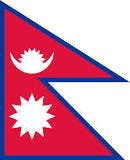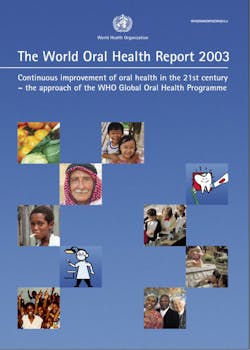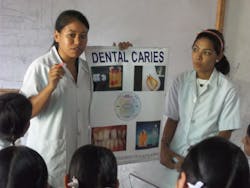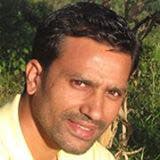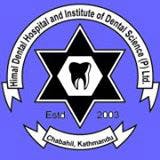Oral health is a worldwide unrealized problem and is most common in developing countries. Poor oral health and untreated oral diseases and conditions can have a significant impact on quality of life. In developing countries like Nepal, oral diseases are the most common problems due to lack of education and poverty. The most common dental problem of the Nepalese is dental decay and periodontal diseases.
By maintaining good oral hygiene practices, various dental problems can be kept under control and uplift the health status of the Nepalese people. For this, oral health education and awareness plays an important role, especially for the school children of private as well as government programs. Thus, such education is essential for behavior change, improving health and quality of life.
Editorial Director’s Notes
* View the following resource:
Holt K, Barzel R. 2010. Pain and Suffering Shouldn’t Be an Option: School-Based and School-Linked Oral Health Services for Children and Adolescents. Washington, DC: National Maternal and Child Oral Health Resource Center. http://www.mchoralhealth.org/PDFs/schoolhealthfactsheet.pdf
* In August 2013, the International Federation of Dental Hygienists (IFDH) accepted the Dental Hygienists’ Association Nepal (DHAN) as a non-financial member. DHAN was formed in 2006 to develop communication and mutual cooperation among dental hygienists. Today, DHAN is the largest national organization representing the professional interests of the more than 600 registered dental hygienists (RDHs) in Nepal. http://dentalhygienistnepal.blogspot.com/
References
1. The World Oral Health Report 2003.Continuous improvement in the oral health in the 21st century- the approach of the WHO Global Oral Health Programme. http://www.who.int/oral_health/media/en/orh_report03_en.pdf.
2. Stalla Y, Kwan L et al. Health-promoting schools: an opportunity for oral health promotion 2005; 85: 677.
3. Al-Ansari J, Honkata E, Honkata S. Oral health knowledge and behavior among male health sciences college students in Kuwait. BMC Oral Health 2003.
4. Peter, Soben; 2003, Essential of preventive and community dentistry.
5. WHO, (Feb 2007) “Oral health facts” Available at: http://www.who.int/mediacentre/factsheets/fs318/en/index.html.
6. Peterson P.E, Coordinator of WHO global oral health program, WHO oral health report, Geneva, 2003.
7. Adams PF, Marano MA. 1995. Current estimates from the National Health Interview Survey, 1994. Vital and Health Statistics. Series 10, Data from the National Health Survey 193 (Pt 2):1–260.
8. S.N. Okolo et.al; oral hygiene and nutritional status of children age 1-7 in rural community, Ghana medical journal; 2006.
9. Yee, R. and Maveen, M. 2004. The Nepal National Oral Health 'Pathfinder' Survey. Summary for the Nepal Dental Association. http://www.nda.org.np.
10. Department of Health Services, Annual Report 2009/10 (2066/67), GoN, Ministry of Health and Population.
"Oral hygiene education is essential for school children in Nepal." Oral disease qualifies as a major public health problem owing to its high prevalence and significant social impact.(1) Oral health is considered fundamental to general health and well-being. A healthy mouth enables an individual to speak, eat and socialize without experiencing any discomfort or embarrassment.(2)

